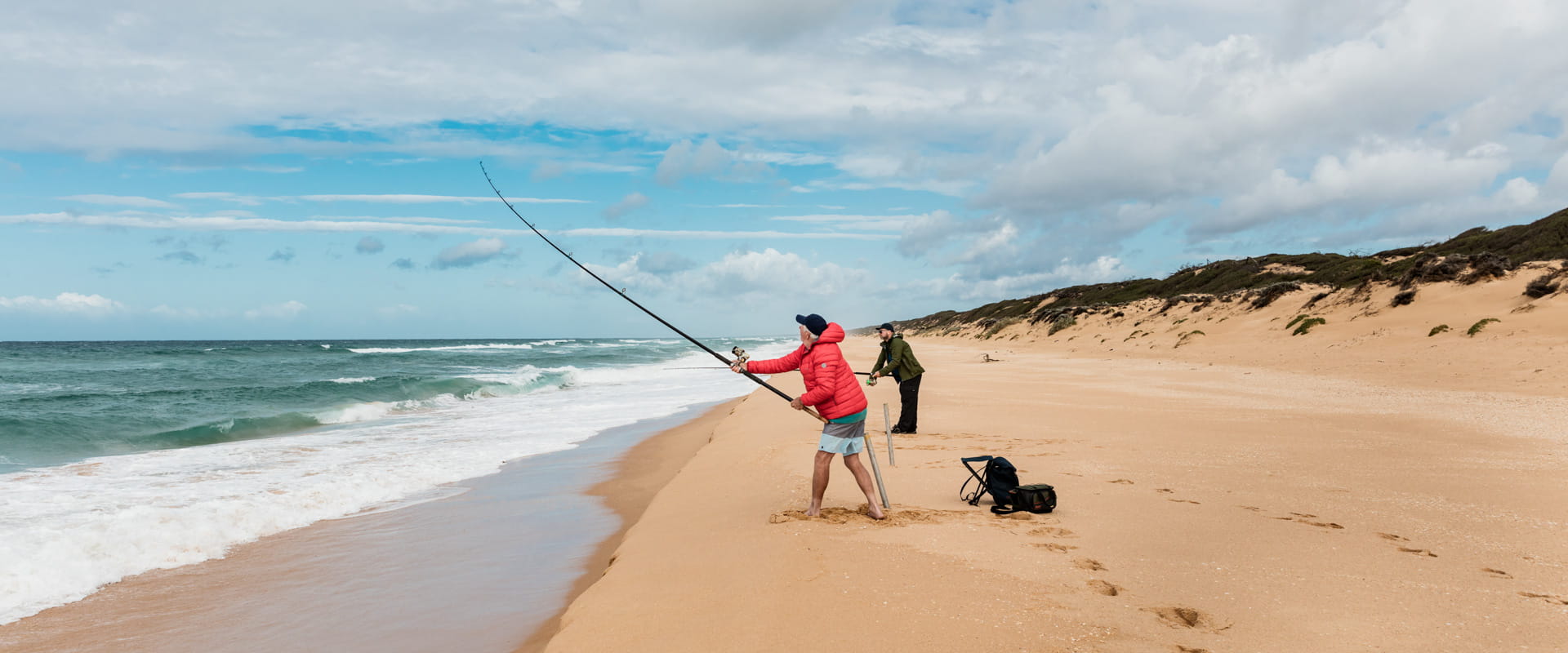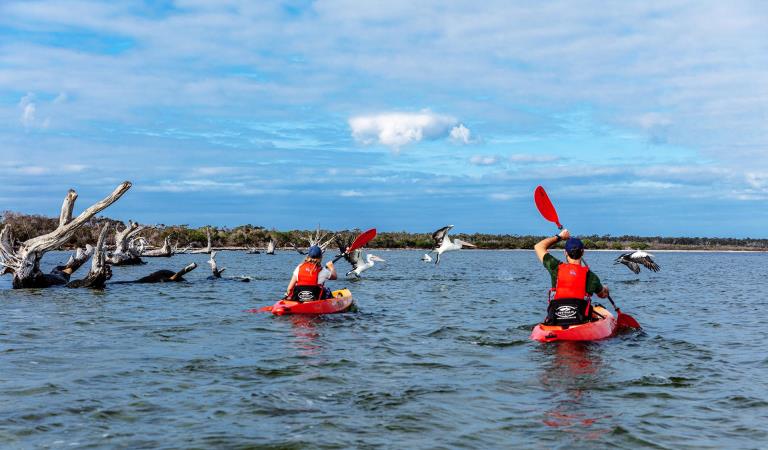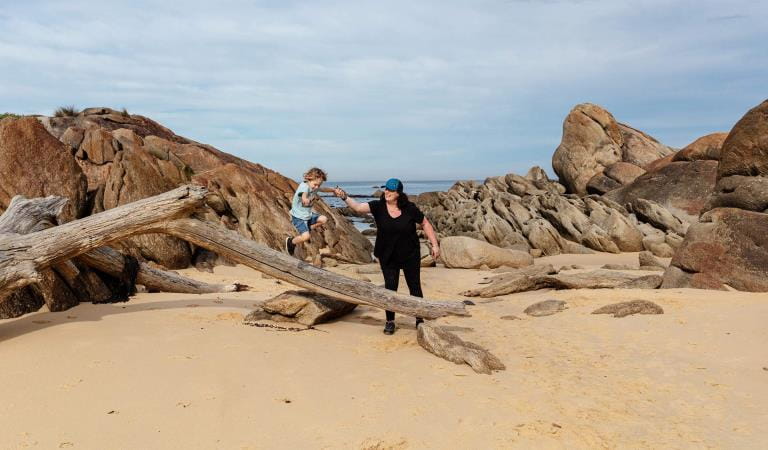This park is a fantastic place to visit for nature walks as the beaches are long and beautiful. Visitors also enjoy swimming, surfing and boating in the area. Snorkelling and diving will introduce people to an underwater world very different to many of Victoria’s other Marine Protected Areas.
Beneath the water, vast plains of sand stretch in every direction. However, the sand is not as monotonous as it may appear; wave action and currents sort sand particles into different groups and layers whilst surface features, such as mounds and ripples, are a result of animal and wave action. The coast does not have any rocky headlands or platforms, and offshore there are only a few ribbons of reef which are periodically covered by sand. These formed as shorelines or sand dunes during ice-ages when the sea level was lower than today.
The huge subtidal sandy expanses characteristic of the area, are teeming with marine life. In fact, they are known to have one of the highest species diversity levels of any place on the planet, with 860 species discovered within 10 square meters. These sand dwelling critters can include tube building worms, small molluscs and many tiny crustaceans.
Larger animals are less common, but octopuses, brittle stars, crabs and an unusual coral species can be found. You may also see a Stargazer peering up at you from the sand or many pelagic (free-swimming) fish species feeding on the smorgasbord of tiny animals within the sand. Young Great White Sharks can be found in the area chasing snapper, one of their favourite foods.
The huge subtidal sandy expanses characteristic of the area, are teeming with marine life. In fact, they are known to have one of the highest species diversity levels of any place on the planet, with 860 species discovered within 10 square meters. These sand dwelling critters can include tube building worms, small molluscs and many tiny crustaceans.
Larger animals are less common, but octopuses, brittle stars, crabs and an unusual coral species can be found. You may also see a Stargazer peering up at you from the sand or many pelagic (free-swimming) fish species feeding on the smorgasbord of tiny animals within the sand. Young Great White Sharks can be found in the area chasing snapper, one of their favourite foods.
Things to do in the area
Gippsland Lakes Coastal Park
The tranquil Gippsland Lakes are a system of coastal lagoons separated from the Tasman Sea by the coastal dunes of the Ninety Mile Beach. Seven rivers terminate at the lakes – the Latrobe, Avon, Nicholson, Tambo, Mitchell, Macalister and Thomson rivers.
Beaches
Walk white sandy beaches, swim in cool coastal waters or surf the wild waves of the Southern Ocean.
Scuba diving
Dive to the depths of the ocean floor in marine national parks or explore shipwrecks at the bottom of the bays.
How to get there
Ninety Mile Beach
When you're there
Download the Marine National Park boundary map for more information about the location and borders.
Need to know
Ninety Mile Beach
How we keep it special
We aim to ensure that our valued parks, and the natural assets and cultural heritage they hold, can be enjoyed now and by future generations.
Similar Experiences
Wilsons Promontory Marine National Park
This marine park consists of extensive sandy beaches, seagrass meadows, rocky reefs and offshore islands.
Ricketts Point Marine Sanctuary
Crystal clear shallow waters, sandstone reefs, sea caves, and rockpools make Ricketts Point the perfect place to discover the wonderful sea creatures of Port Phillip Bay.






